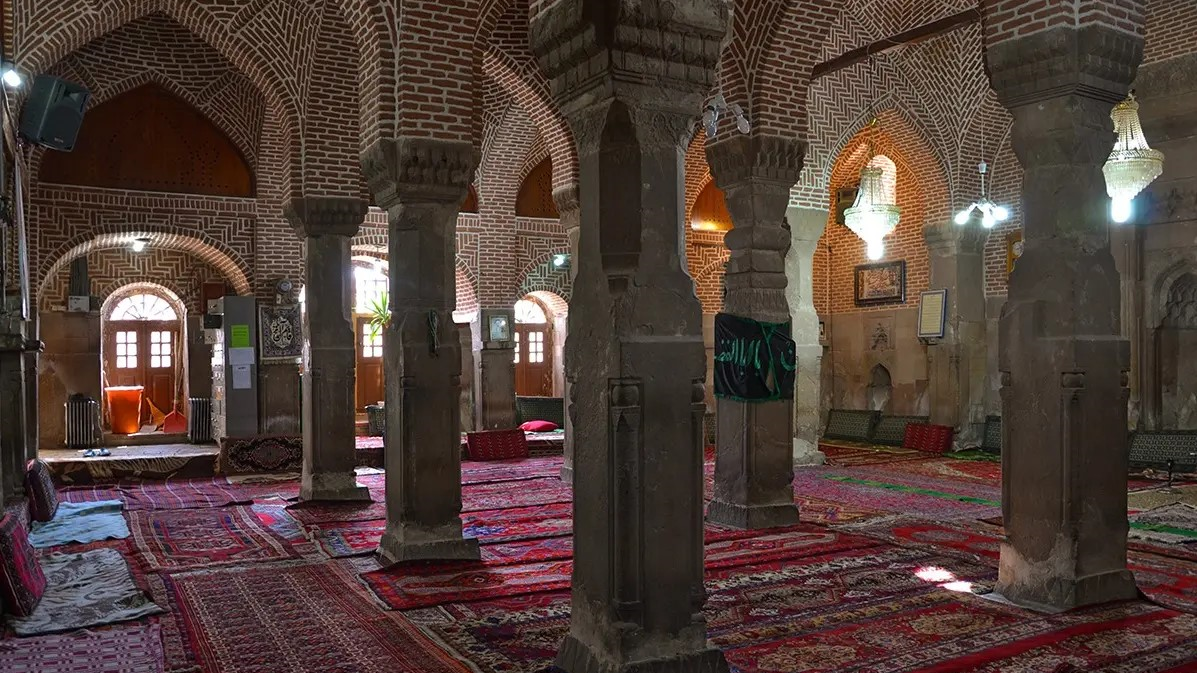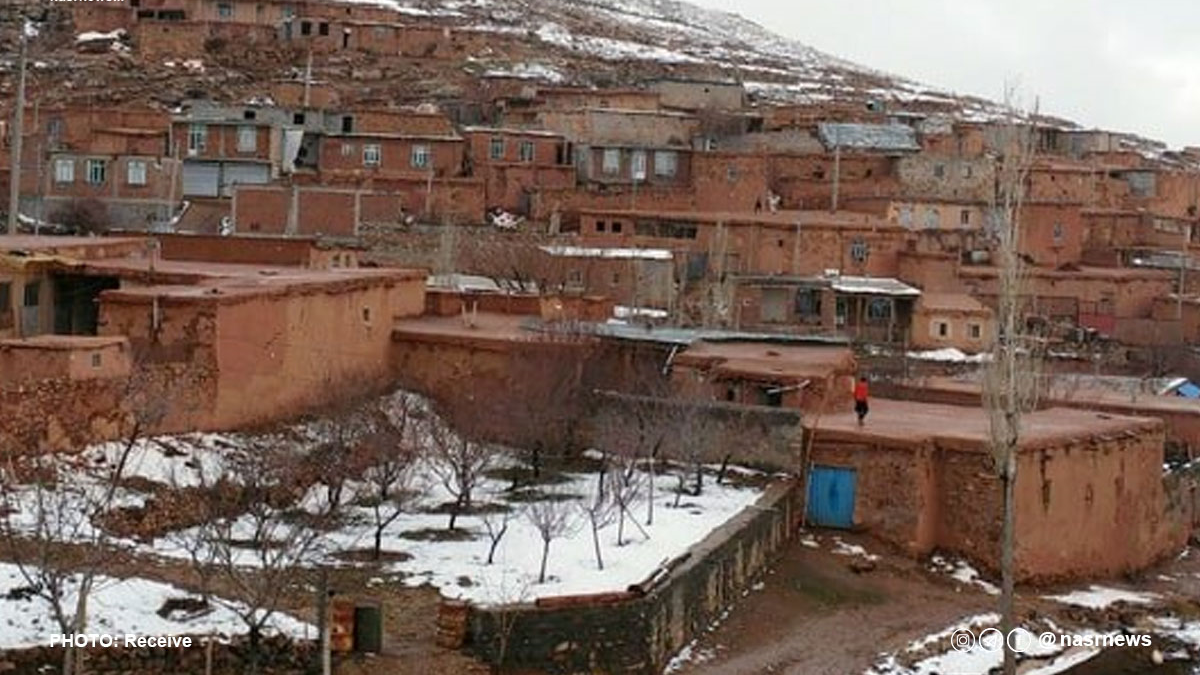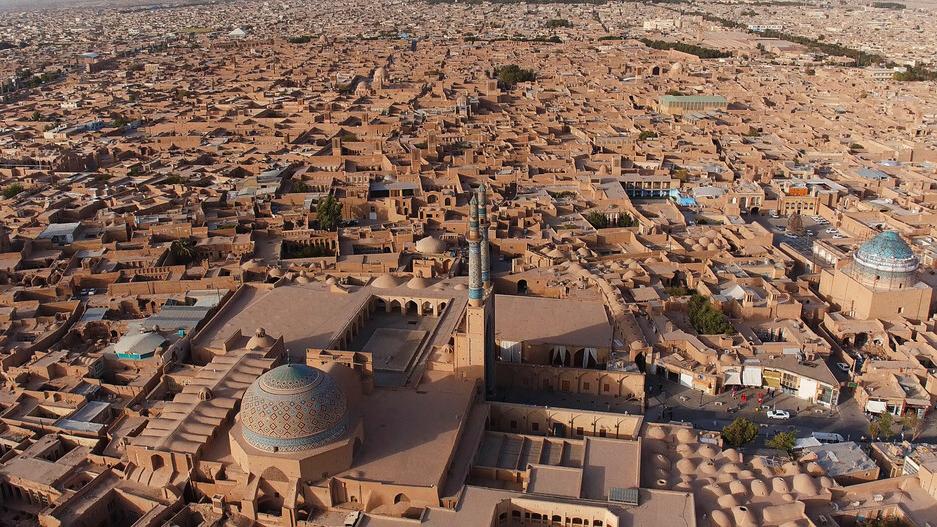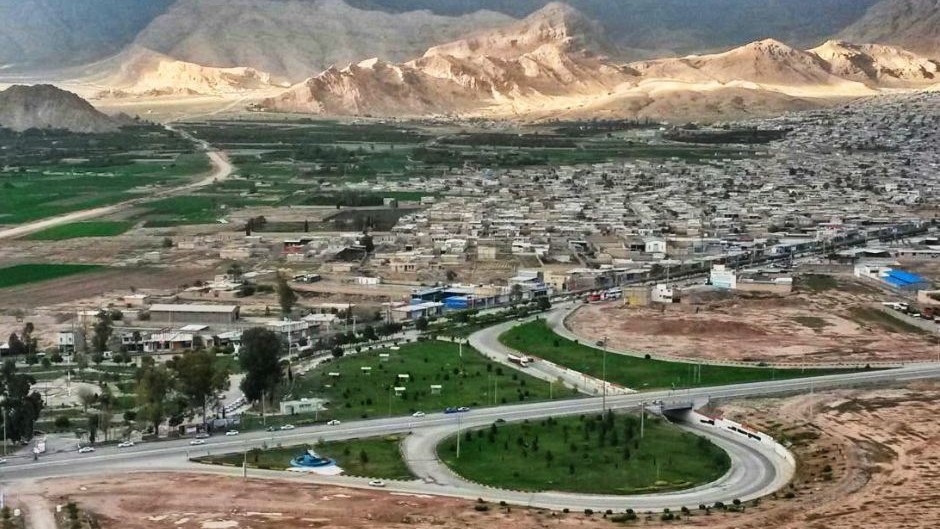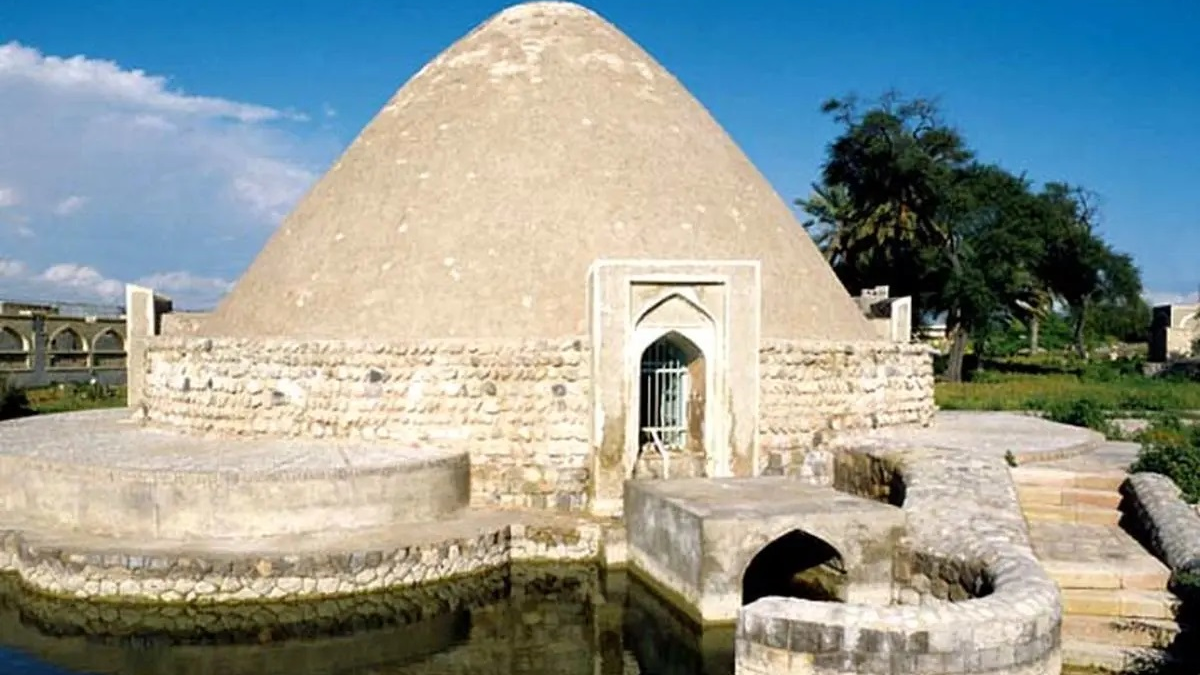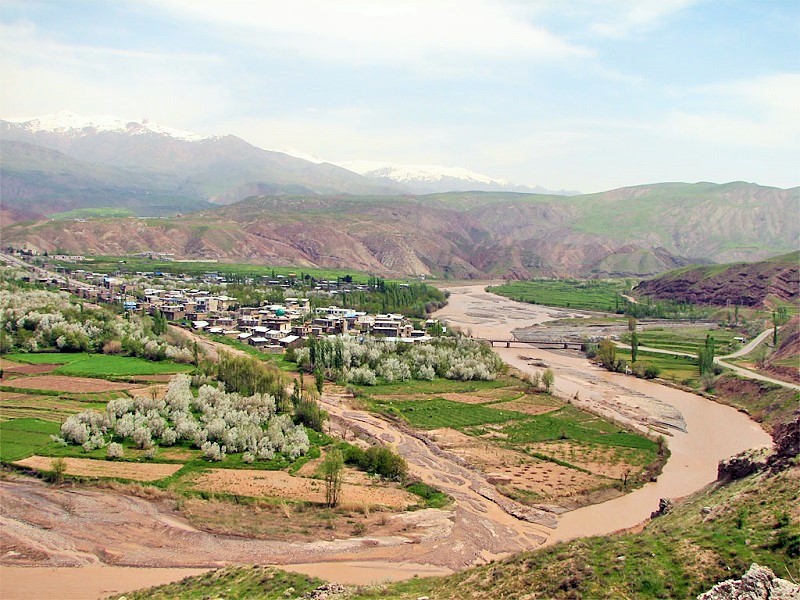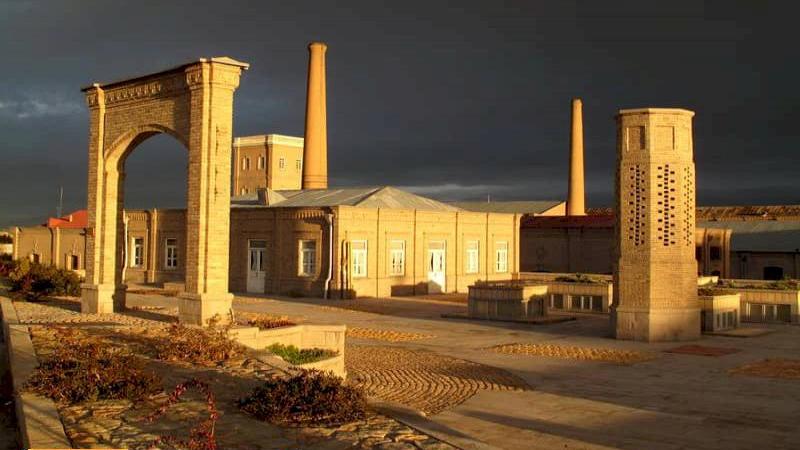
Abozeidabad: Unique Architecture and the Stunning Siyazgeh Desert
Abozeidabad is one of the cities in Aran and Bidgol County, located in the northern part of Isfahan Province. It serves as the administrative center of the Kavirat District and is situated about 30 kilometers from the city of Aran and Bidgol.
Architecture and Historical Monuments of Abozeidabad
The houses in the Abozeidabad region are built from sun-dried bricks and clay, well suited to its desert climate — in this respect, the city resembles Yazd. The historical fabric of Abozeidabad is compact and cohesive, characterized by narrow, winding alleys and open squares that form the heart of each neighborhood. These squares have traditionally served as gathering places for residents and venues for various ceremonies, especially during the month of Muharram. Until quite recently, all the city’s alleys were narrow, except for a few wider passages specifically designed for the procession of the Nakhl — the large wooden structure used in Muharram mourning rituals. This remarkable feature highlights the deep cultural and spiritual importance of Muharram ceremonies to the people of Abozeidabad , an influence so profound that it has even shaped the city’s architecture.
Until just a few decades ago, the urban fabric of Abozeidabad remained largely untouched, but in recent years it has undergone noticeable changes due to extensive new constructions. The town once possessed several valuable historical structures, many of which have unfortunately suffered significant damage over time. Among them was a historic fortress in the center of the town, built of sun-dried bricks, with walls that once reached a height of about 10 meters. The Hosseiniehs (religious gathering halls) of the Posht-deh and Toy-deh neighborhoods were also considered valuable mudbrick buildings, but after modern reconstructions, little trace of their original architecture remains. Nevertheless, several historic houses — most of them designed in the traditional “chahar-sofeh” (four-porch) architectural style — still stand, along with a few other structures such as the Shah Abbasi Caravanserai and the Khawjeh Complex, which includes a bathhouse, mortuary, cistern, laundry, and mosque. The Shah Abbasi Caravanserai was one of the roadside facilities along the old route connecting Isfahan to Kashan and the northern cities of Iran. In the past, caravans traveled through Abozeidabad during winter, while in summer they used the route passing through Qamsar, Ghahroud, and Joshaqan-e Qali to reach Isfahan. The Gabrabad Caravanserai, located near Qamsar, was the most important stop for caravans at the beginning of the summer route from Kashan to Isfahan.
Among the historical monuments of Abozeidabad, the Aqa Shahab al-Din Mortezavi Historical House holds particular prominence. For many years, this house has been a gathering place for religious mourning ceremonies and recitations of elegies (Rowzeh-khani). During these ceremonies, mourners are traditionally served tea with sugar cubes (qand-pahlu), brewed in charcoal samovars — a custom that has been lovingly preserved through generations. This traditional form of mourning and hospitality is considered an intangible cultural heritage among the people of Abozeidabad.
Unique dialect of the people of Abozeidabad
The unique dialect of the people of Abozeidabad and its surrounding villages is another distinctive cultural feature of this region. This dialect is known as “Rāji” or “Rāji dialect”, though the locals of Abozeidabad refer to it as “Bozabādi.” This dialect has its own complete grammatical structure and linguistic rules, and according to linguists, its roots can be traced back to the language of the Medes (1st millennium BCE). Similar dialects are spoken in several villages west of Kashan; however, they differ in pronunciation and accent from the Rāji dialect of Abozeidabad.
Siyazgeh Desert: The Tourism Hub of Abozeidabad
The location of Abozeidabad on the edge of the desert has turned it into one of the region’s major tourist destinations. During autumn and winter, when the climate is more pleasant, many visitors travel to this area to experience the Siyazgeh Desert. In the local dialect, the word “Siyazgeh” means “black.” The desert appears dark from a distance — the very reason behind its name. This pristine and untouched desert offers an ideal escape from the noise and bustle of city life, inviting visitors to enjoy the deep silence, serene atmosphere, and star-filled sky of the desert night. One of its key advantages is its close proximity to the town, allowing easy access to modern facilities and comfortable accommodations after a short drive.
Siyazgeh Desert: Gateway to the Yakhab Wildlife Refuge
The Siyazgeh Desert serves as the entrance to the Yakhab Wildlife Refuge, one of the most remarkable natural areas in the region. Within this protected zone flows a spring known as Yakhab, whose cool and refreshing water continues to bubble even during the hottest days of the year. The Yakhab area is home to a variety of rare and valuable species, including the Asiatic cheetah, caracal, sand cat, wildcat, goitered gazelle (jabir), Iranian ground jay (zagh-e bour), and several species of birds of prey.
| Name | Abozeidabad: Unique Architecture and the Stunning Siyazgeh Desert |
| Country | Iran |
| State | Isfahan |
| City | Abuzeydabad |
| Type | Historical |

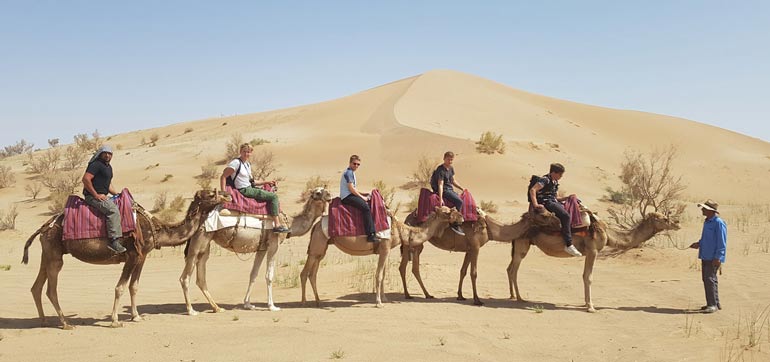


Choose blindless
Red blindless Green blindless Blue blindless Red hard to see Green hard to see Blue hard to see Monochrome Special MonochromeFont size change:
Change word spacing:
Change line height:
Change mouse type:


